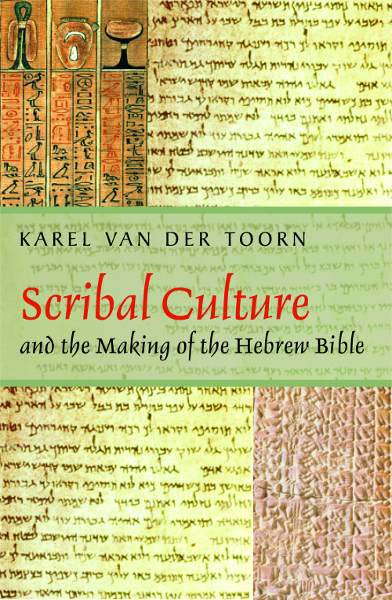
“There were no books in ancient Israel,” declares the author. Reading was rare, limited to scribes, who worked in a mainly oral society. Writing books developed only in the Hellenistic period, after Alexander the Great. Consequently, the composition of the Hebrew Bible and many of the books in it took place in the time of the Babylonian Exile and afterward. Ezra compiled the Torah from older strands; references to Greece make it “clear that the publication of the Prophets cannot have preceded the Hellenistic era” (p. 255) and Psalms and Proverbs were also edited at this time.
“What’s new?” anyone aware of standard introductions to the Old Testament may ask. The answer is van der Toorn’s investigation of ancient scribal habits and attempt to use them to unravel the history of the Hebrew Bible. He has done something new, something that is worth doing, something that could only be done nowadays after the recovery of so much ancient writing. For many readers it will give welcome support to the Biblical world of mainstream literary theory.
Already a library member? Log in here.
Institution user? Log in with your IP address.

